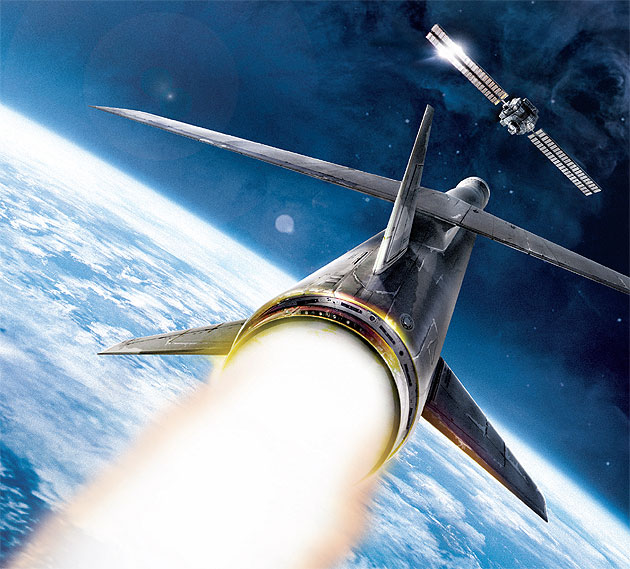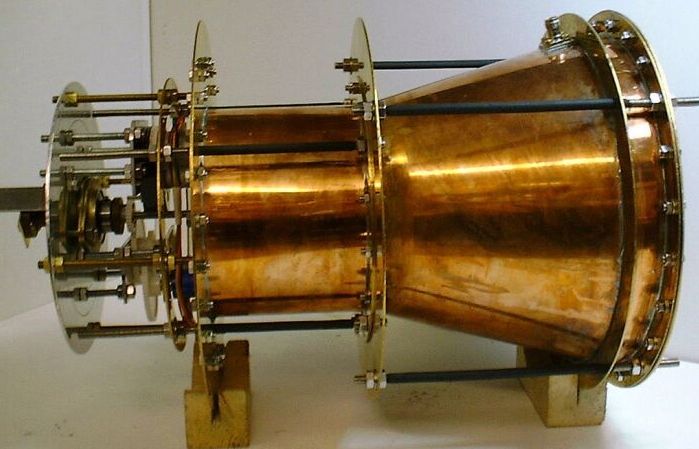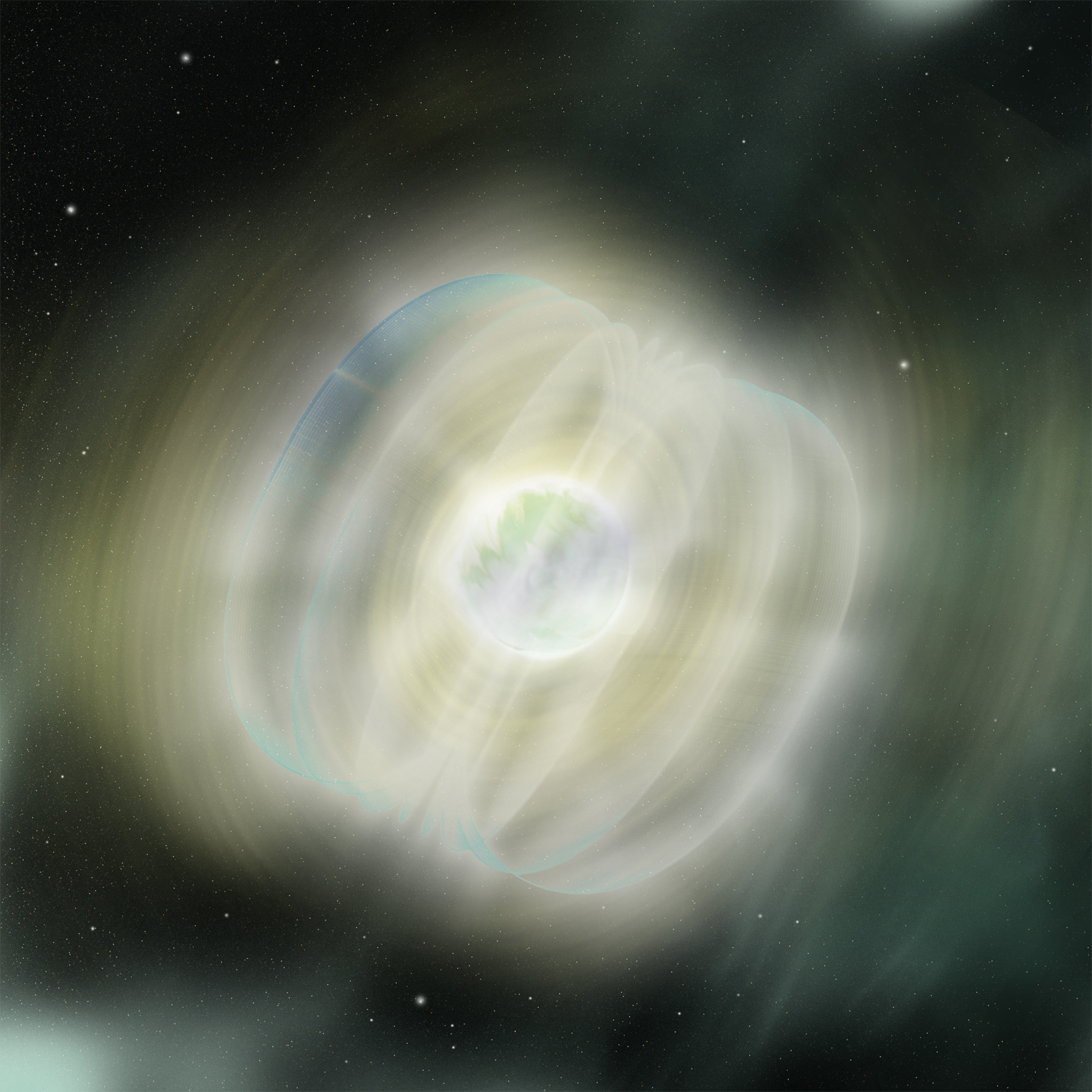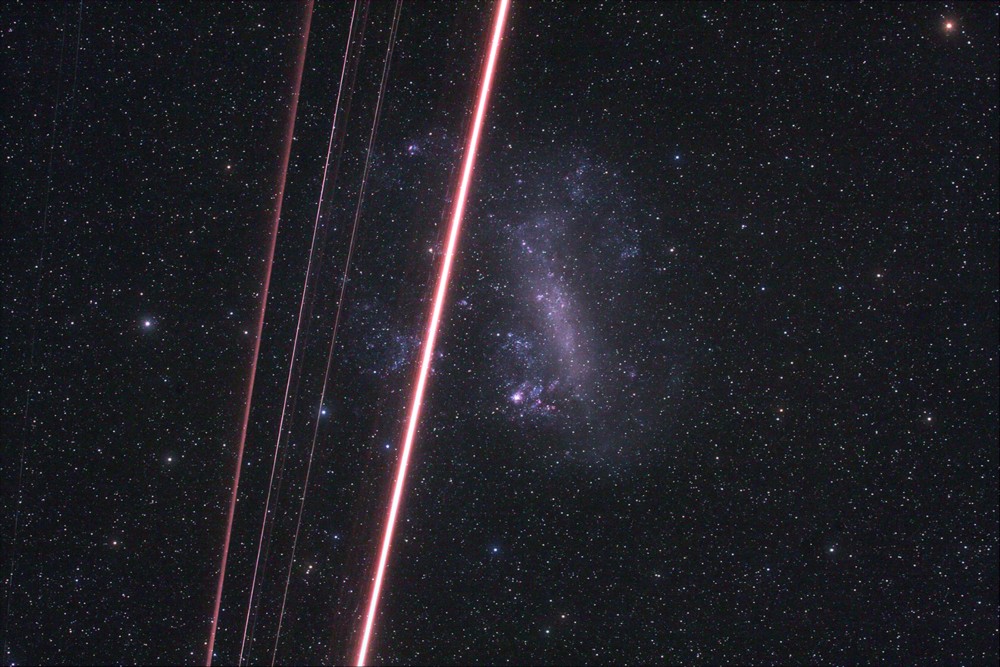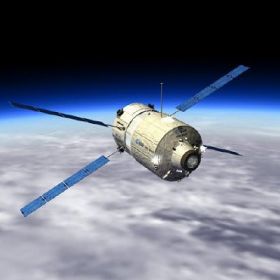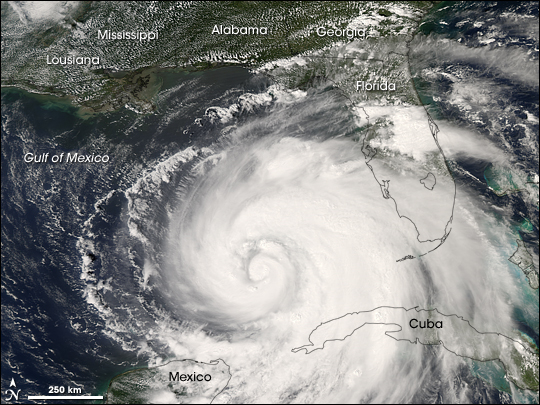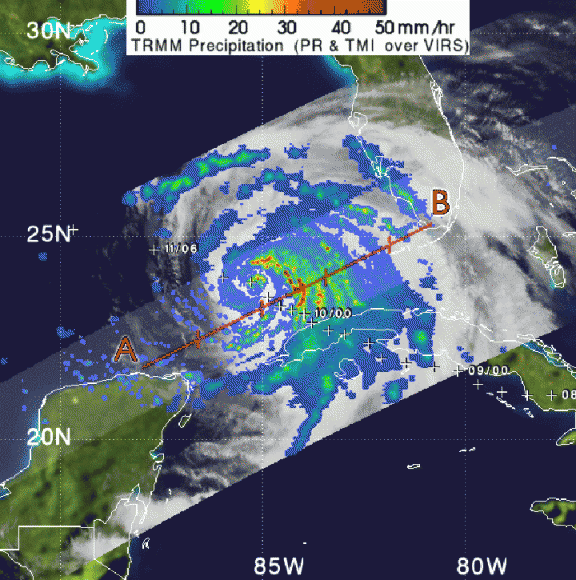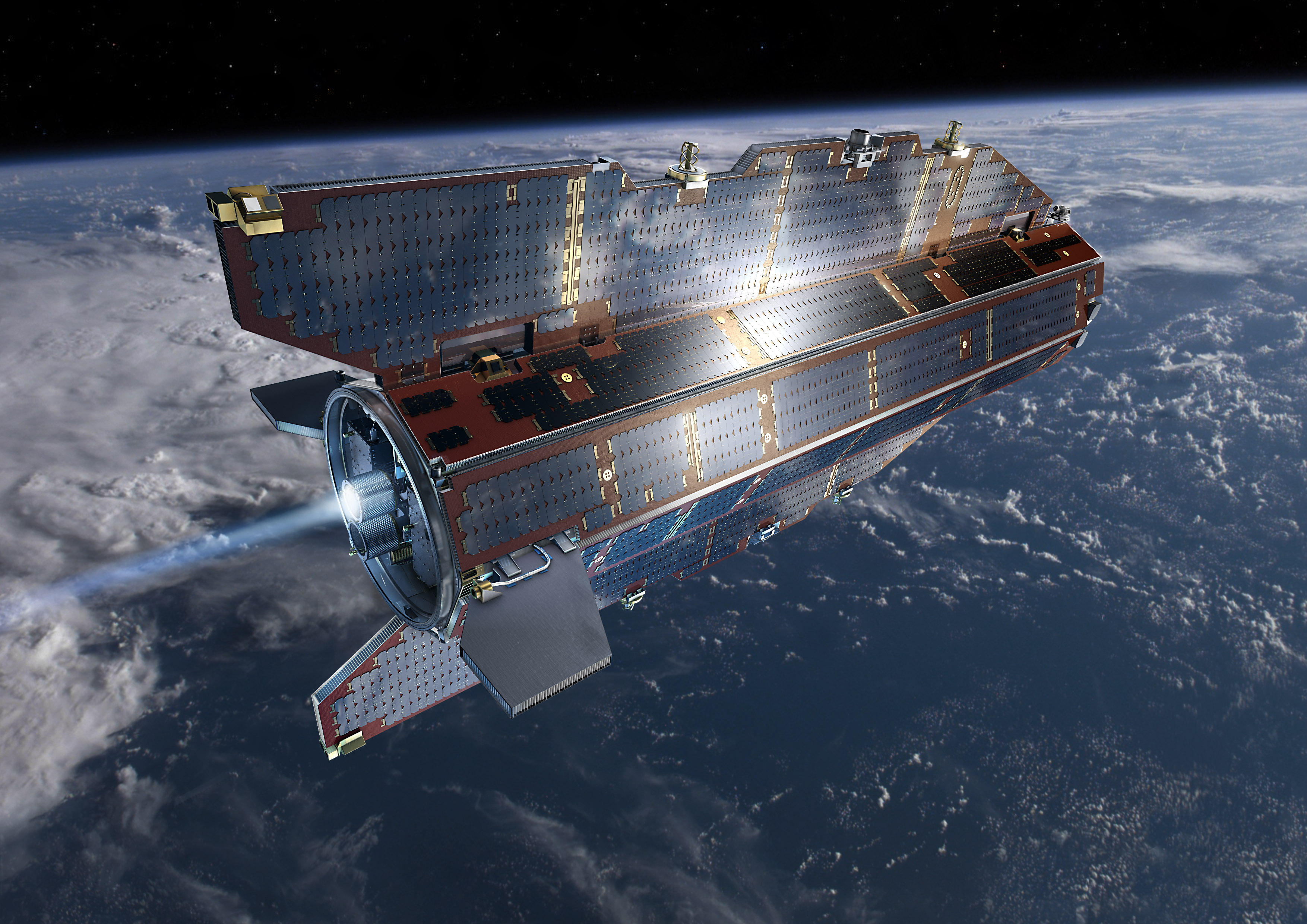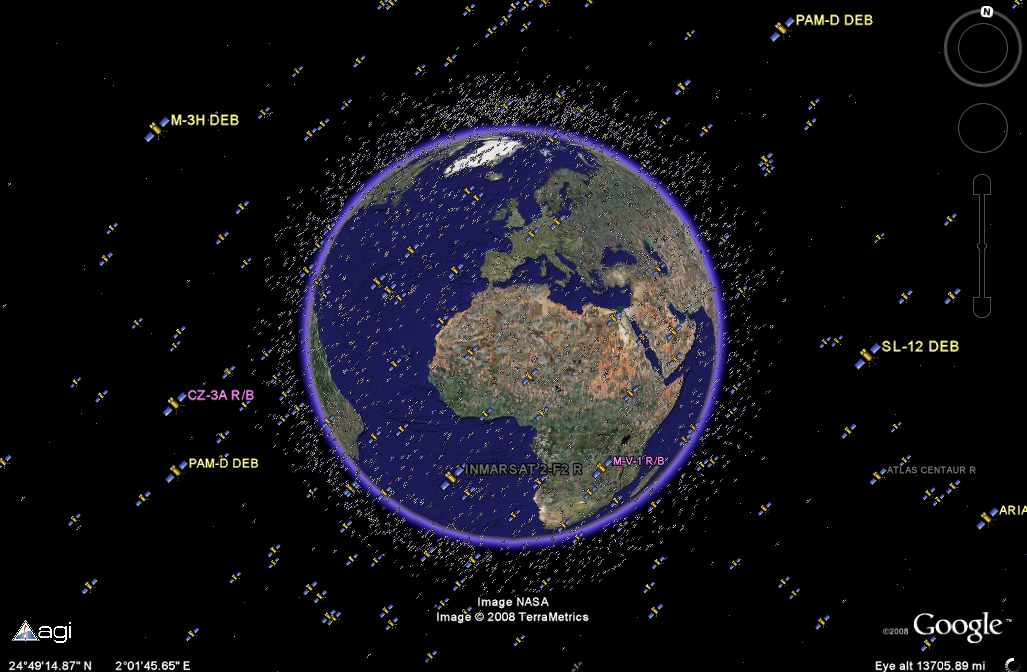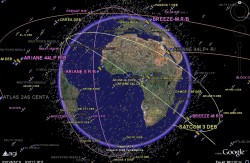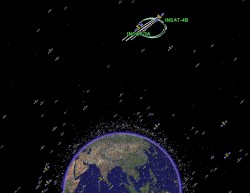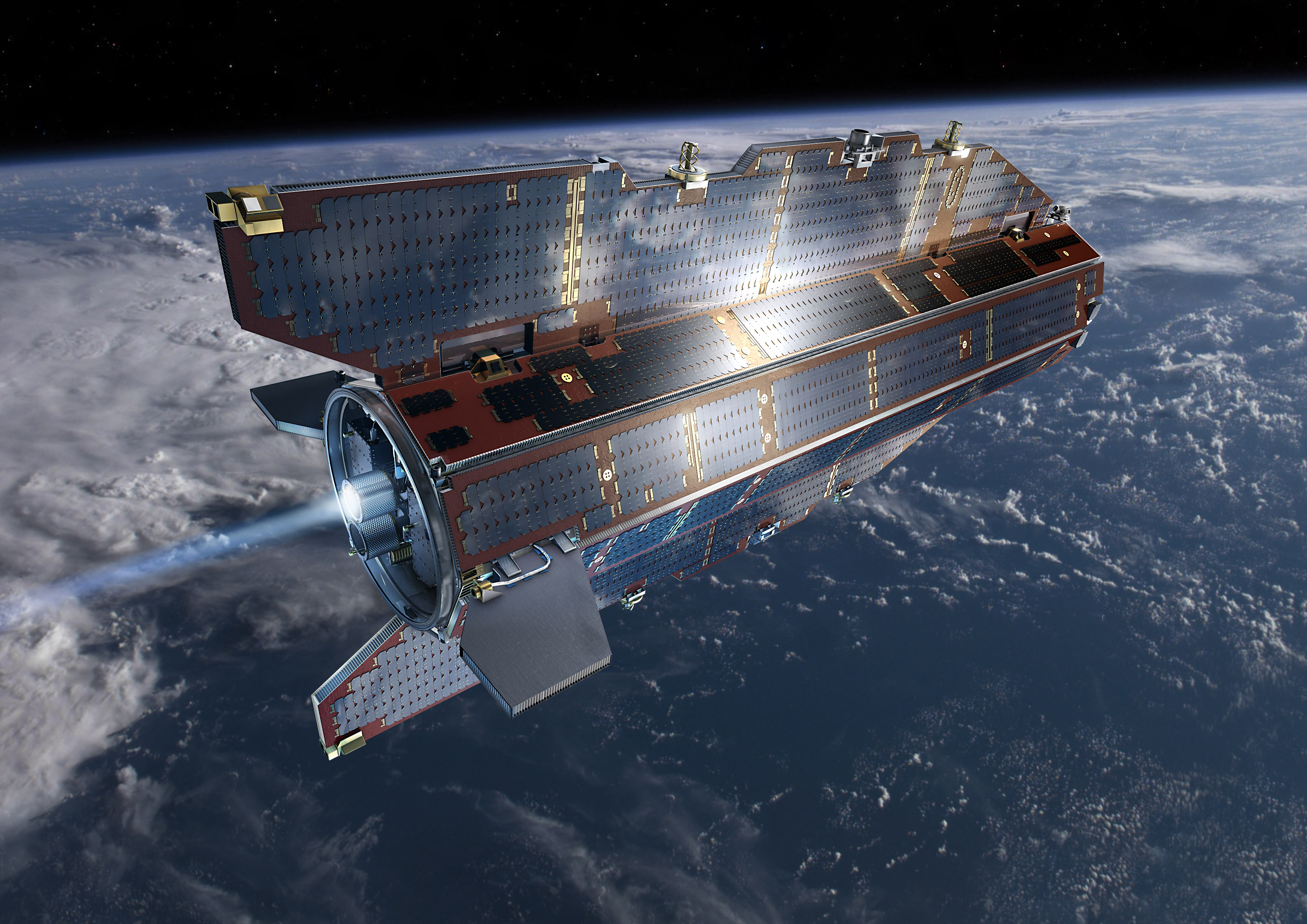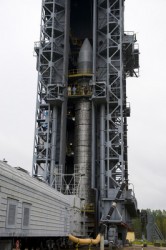[/caption]What does the US, Russia and China have in common? Yes, they’ve all sent a man into space and successfully carried out spacewalks using home-made spaceships, but they have another space-based attribute in common. They are all capable of shooting down satellites in Earth orbit. What’s more, all have proven it. So, we know for a fact that the technology is out there, and although it is still an extremely hard task, satellites are becoming more and more vulnerable to attack from the ground. Experts now believe that anti-satellite technology is within reach of rogue states and some well-funded terrorist groups, using nothing more than a medium range missile, a college-level team of individuals and some crude, yet effective, technology.
The US Air Force is now highlighting their concern by investing $29 million in companies to develop space-based warning and protection systems. The “star wars” threat is still out there…
In February, the warship USS Lake Erie fired a modified Standard Missile-3 at a defunct spy satellite called USA 193. The mission was a success, anti-satellite warhead slamming into the fast-moving target. BBC Washington correspondent Jonathan Beale likened the satellite shoot-down to “trying to fire a missile through the eye of a needle.” Although difficult, the US had proven they had the technology to destroy targets in Earth orbit from the ground. This demonstration of US capabilities was widely interpreted as a response to China’s unannounced weather satellite intercept the previous year. However, the US military maintain action needed to be taken as the dead spy satellite could re-enter the Earth’s atmosphere, carrying substantial quantities of toxic hydrazine fuel with it.
Regardless of the reasons for a satellite shoot-down, China and the US have shown their abilities when destroying a small target, travelling at high speed in Earth orbit. So now the concern is: what if a well-funded terrorist group or rogue state develop even the crudest anti-satellite technology? According to US military experts some serious damage can be done to military satellites, global positioning systems, weather satellites and even satellite TV systems should they be targeted. All that is needed is a medium-range missile carrying some kind of crude warhead; as long as the warhead collides with, or disrupts the satellite, the satellite will be useless. Although it is not believed there are any current plans by terrorist groups, the US Air Force wants to ensure the future safety of US interests in Earth orbit.
This signifies more investment in the Self-Awareness Space Situations Awareness (SASSA) program, hoping to develop and demonstrate an automated early warning system for space vehicles by 2010. The Air Force has provided $29 million in funds to companies such as Assurance Technologies and Lockheed Martin Space Systems to begin designing the hardware and software that will offer threat and hazard detection, assessment and notification.
The goal is to construct a payload that will identify threats to satellites and protect them from ground-based missile and laser threats.
Concern is growing for the wider use of anti-satellite weapons, so the US Air Force want to be one step ahead of any future threat to US interests orbiting the planet.
Source: Network World

